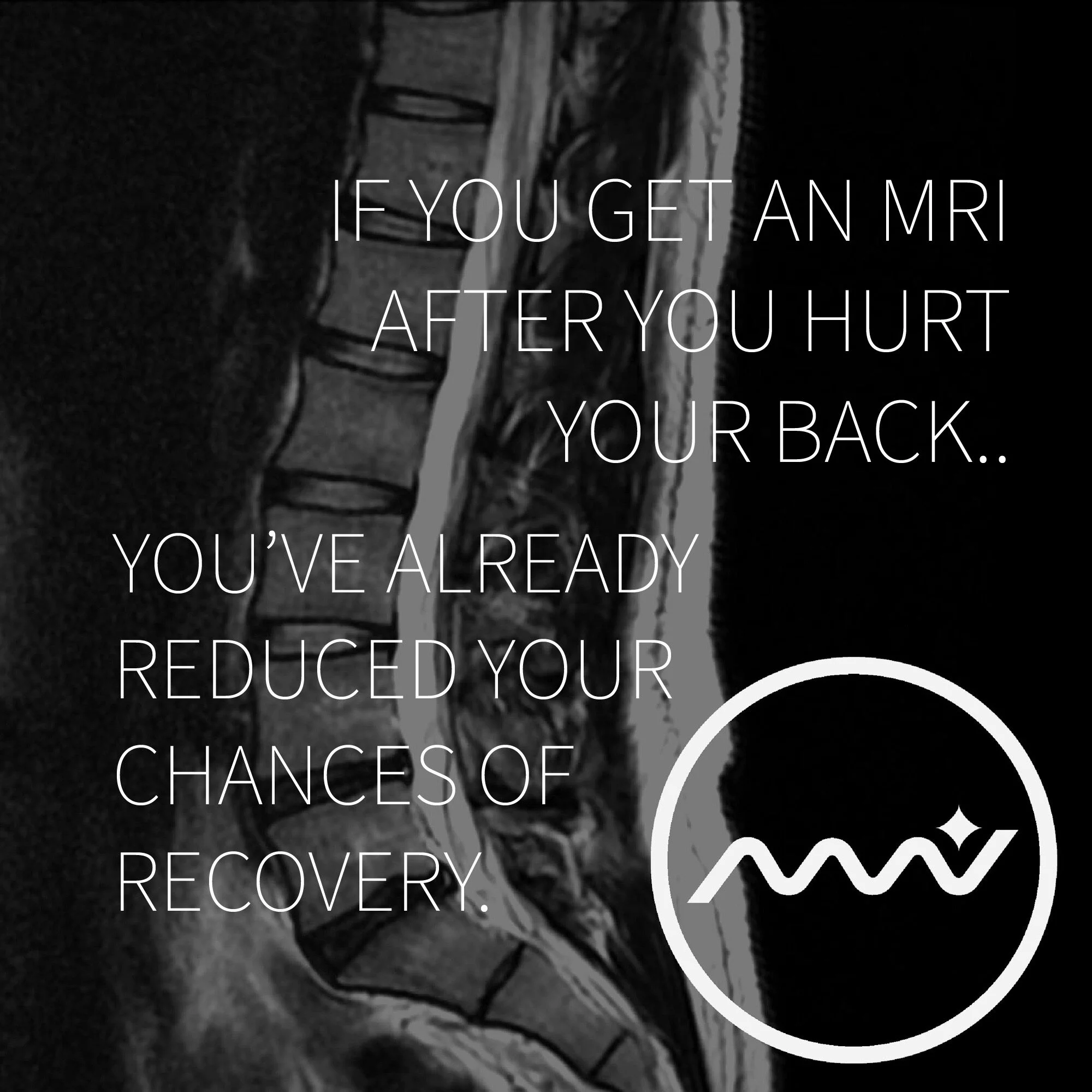While cortisol as a whole is often demonized in health and wellness circles, it’s clear that this hormone plays an essential yet complex role in the body. The key is not to eliminate cortisol but to maintain balance. Good news is that we can train for this! Kind of like the classic Goldilocks and the Three Bears story - we don’t want too little and we don’t want too much - we want jusssst the right amount. And we especially want the right amount at the right time! There are tactics we can explore to push the threshold of tolerance higher (or lower) depending on the individual.
Acute stressors—like exercise, goal-setting, and trying something new—can trigger healthy spikes in cortisol that ultimately benefit the body and mind. However, chronic stress, negative emotions, and poor lifestyle habits can lead to prolonged high cortisol levels, which have detrimental effects on health.
Among the abundance of fads and buzzwords - fiber is high up on that list currently. So let’s dive into what it is, why you need it, and what it does.
Fiber is one of those unsung heroes of nutrition that so often gets overlooked. While most of us know we should eat our fruits and veggies, the significance of something so small like fiber intake can fly under the radar.
Fiber is a type of carbohydrate that the body can't digest. It comes in two forms: soluble and insoluble. Soluble fiber dissolves in water and can help lower blood sugar and cholesterol levels, while insoluble fiber adds bulk to your stool and aids in digestion. Both types are crucial for overall health. Sometimes it can make it easy to picture fiber like glue, it is helping bind things together while picking up other stuff along the way.
You ever hear the phrase, “If you pay, you pay attention?” No? Well you’ve had to have heard of “you get what you pay for” then right?
I just bought a knock off Athlemon shirt from Amazon for $16 vs the Lululemon shirt I could have bought for $60. And guess what?! The quality is definitely 3.75x less. Which means it won’t last as long in the closet and therefore I’ll have to keep buying new ones more often.
Read MoreHave you ever experienced hamstring tightness? Whether it is after a run, sitting all day at work or school, or after a heavy day in the gym, we all have experienced some sort of hamstring tightness. But what if I told you it might not actually be hamstring tightness? What if I told you it could be your brain playing a trick on you, where you perceive hamstring tightness but the muscle tissue has no problem lengthening fully.
Read MoreWhat is an athlete? This may be an easy question for some people to answer. It could mean somebody who plays sports. It could be someone who excels at a certain sport or is great at multiple different sports. For me, it is a bit of a loaded question. I personally define an athlete as a person who has risen to the top of their respective field. And that field could be their sport, profession, or hobby.
Read MoreResearch has proposed that if an individual with low back pain gets diagnostic imaging (such as MRI) without any explanation of normal vs. abnormal findings FIRST - their perceived outcome of recovery is drastically diminished.
Read More





